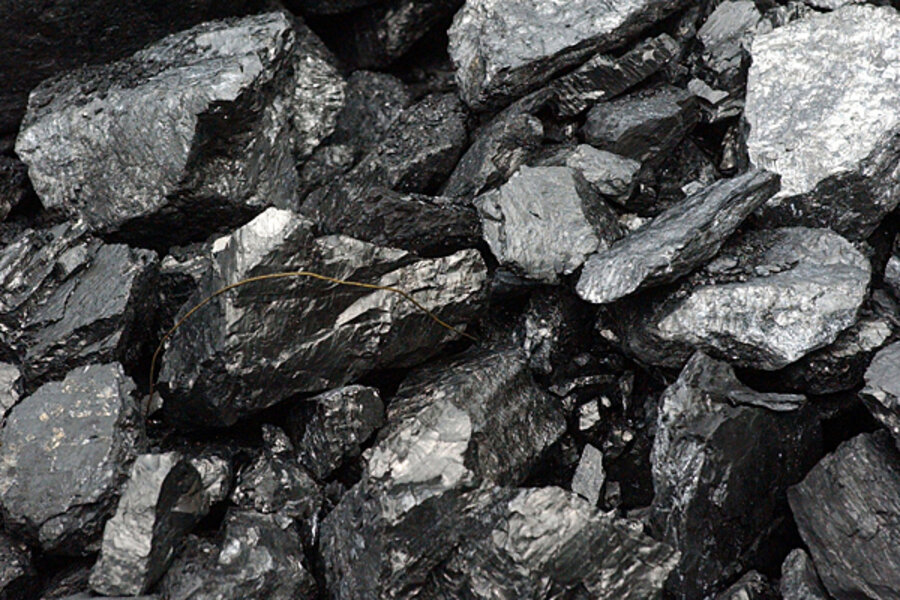Canadian coal plant retrofit could be a 'game changer'
Loading...
A recent story from E&E reported on the progress of Canadian utility SaskPower’s 43-year-old coal plant at its Boundary Dam Power Station. The facility is being retrofitted to capture roughly 90 percent of its carbon dioxide emissions and store the gas deep underground.
The Boundary Dam Integrated Carbon Capture and Storage Demonstration Project will see Unit #3 at a coal-fired power plant located at Estevan, Saskatchewan, Canada, rebuilt with a fully-integrated carbon capture and storage (CCS) system. It will be the first commercial-scale power plant equipped with a fully integrated CCS system. Operations are expected to begin in 2014.
According to the story, “The 110-megawatt project may be a game changer in two ways — it could become the world’s first commercial demonstration of carbon capture technology on a power plant at large scale. And it differs from other proposals in that it is a retrofit of an older coal plant and the retrofit might later be applied to similar plants.”
The Boundary Dam project will reduce CO2 emissions by approximately one million tons a year — the equivalent of taking more than 250,000 cars off Saskatchewan roads annually. The CO2 will be sold to resource companies to be used in enhanced oil recovery operations. Sulphur dioxide (SO2) will also be captured and sold.
“Boundary Dam will make the first benchmark. It will define the costs, which is so important,” Mike Monea, SaskPower president of carbon capture and storage initiatives, said at a briefing in Washington, D.C., last week. “Whoever builds the next one won’t have to spend as much money as us.”
Globally, more coal is expected to be used to produce electricity in 2017 than now, despite changing dynamics in the United States, according to the International Energy Agency.






